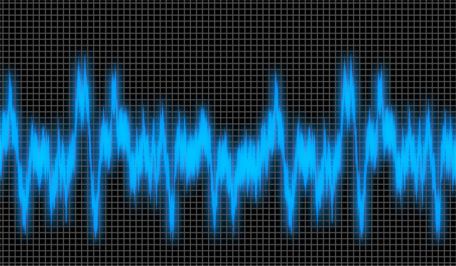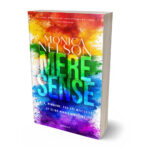As a highly sensitive person, certain noises, especially irritating personal habits (someone chomping on ice, popping gum, or making sucking noises with their mouth) drive me through the roof. Those kinds of noises overstimulate my nervous system, and make me want to scream while pulling my hair out. As a fellow HSP, you can probably relate.
Noise pollution is a trigger for HSP overstimulation.

So, when the Spring/Summer issue of my alumnae magazine arrived, one of the titles on the cover caught my attention. A professor there was studying whether and how certain noises can calm an “unquiet” mind. In particular, Prof. Dan Berlau was looking into specific sounds identified as white, pink, and brown noise. I was fascinated. I’d heard of white noise before, but not the varieties known as pink or brown.
White Noise
White noise sounds like a hum, similar to the sound of an electric fan. The frequencies of white noise emit at the same level, creating a sound some people find pleasant and calming. In other words, all frequencies of the sound can be heard at the same level.
Pink Noise
Similar to white noise are the sounds identified as pink and brown. Pink noise is a softer sounding noise created by playing low frequencies louder than the high ones. People often find this waterfall-like sound even more comforting than white noise, and use it as a sleep aid.
Brown Noise
Brown noise, on the other hand, turns up the lower frequencies while softening the higher ones. It turns out brown noise is being used to help create the same effects on the brain as popular ADHD drugs.
This safe and drug-free alternative is also costless. You can access different versions of all three of these on YouTube. Something I definitely am going to check out.
I am open to using these noises as a way to calm my own “unquiet” mind.
Binaural Beats
I’ve had success with binaural beats already. These sounds have not only helped calm my overstimulated mind, but helped me gain focus and has supported my creativity.
All I knew about binaural beats was that it required listening to sounds through headphones, resulting in increased performance in a certain area. I have since learned that those sounds are actually two tones played at a different frequency in each ear. Hearing tones of different frequencies creates an anomaly for which your brain tries to compensate for by creating the perception of a third sound. Listening to binaural beats can, over a period of time, change your brain wave activity and levels of arousal.

There is still much to be learned from our sense of sound, and more acutely how those sounds affect the highly sensitive person with that person’s already easily stimulated nervous system. But in the meantime, there is very little harmful side effects. Some people report irritability or frustration. To prevent these reactions: 1) Start with a few minutes, and build up slowly; and/or 2) add additional sounds, like a track of white noise.
To safeguard against potential hearing loss, always listen at a comfortable hearing level. Never go over 85 decibels.
Noise pollution can sidetrack even the most efficient HSP, but there are free and safe methods to counteract its harmful effects. I hope these options are ones you find desirable to investigate for yourself.
Copyright 2023, Monica Nelson

